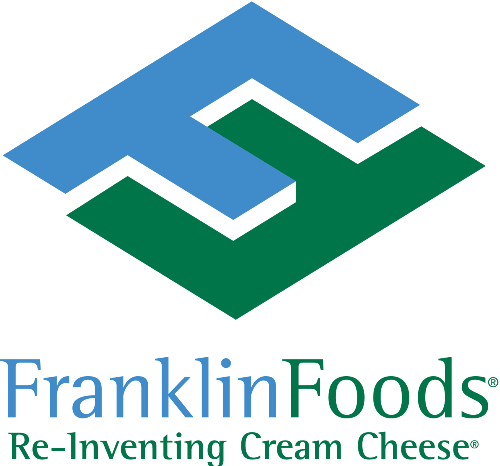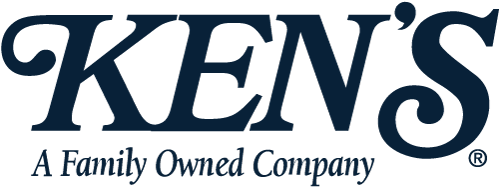Food Tech Focus: AP Automation & other Tech Drivers to Bank On
Technology is an enabler. We’ve seen the rapid transition companies have undergone by simply automating routine, repetitive tasks. Almost every sector has been impacted positively by Intelligent Automation (IA) solutions. And this trend doesn’t seem to slow down any time soon.
Global economic uncertainty and corporate cash crunch situations in times like the pandemic have forced businesses to look more closely at their internal processes. Almost every industry is now gearing up for digital transformation of their enterprises in one way or another - and the food industry is not far behind!
We’ll look at why and how automation will chart a course of sustainability and growth for the food sector. In fact, the importance of process automation software and advanced technology in these times cannot be overstated - Supply Chain (at 64%), Customer Relationship Management (at 57%), Human Resources (at 56%), and Accounting (52%) are leading the charge on digital transformation for better management of their finances in response to the pandemic (NexTec 2020 Food & Beverage Industry Study). These are your traditional operational and cost centers that could turn profitable with intelligent automation. But there are a host of other application areas where different emerging technologies are being utilized - we’ll look at a few of those here.
Rapid growth in population and the systematic degradation of links along the food chain, thanks to human activity, have brought about a sense of urgency and novelty in the way food is produced and delivered. Businesses are looking for ways to deliver fresh as well as processed food to customers, quickly and efficiently.
Here are some of the technologies supporting digital transformation in the food industry:
AI & Machine Learning:
the application of cognitive technologies such as AI & Machine Learning to Robotic Process Automation (RPA) has enabled straight-through processing of repetitive tasks along any process chain. Today, food corporations are applying the collective capabilities from these technologies, termed Intelligent Process Automation, to belt-driven and chain processes.
Conveyor Technology:
Conveyor technology has become intelligent and today, facilitates bulk equipment handling at the digital level, reducing user intervention considerably. In what is known as intelligent track-and-trace, AI-powered robots are pre-trained to identify components along the belt and apply user-defined actions. AI & Machine Learning enable robots to self-learn process functionalities from user actions, allowing for unattended handling of food along the belt-drive. Also, integration with sensors, piston fillers etc. helps robots act on individual components, enabling customization, monitoring, and real-time diagnostics - bringing smart technology to what was traditionally linear, ‘assembly line’ robotics in conveyor systems.
AP Automation:
move over paper! E-invoicing is the industry standard in today’s era of digitalization. Automating invoice processing is now the norm rather than the exception for forward-looking companies. AP automation or invoice processing software, built on an Intelligent Process Automation platform, enables automatic handling of vendor invoices. Embedded AI & Machine Learning technologies enable straight-through processing of these source documents with little manual effort so businesses have the benefit of getting quick access to accurate data for use in their ERPs. Companies in the food sector have been getting immediate returns from this kind of advanced technology and automation, not to mention the healthy cash flows that come in as a result of cost-effective document processing. As a matter of fact, Canada’s largest dairy food processor makes the perfect case for why mission critical processes like accounts payable should be automated.
Sensors and Embedded Systems:
one of the many growing applications of this technology is in the area of food testing and quality control. Managing microbial contamination is a critical requirement in the food industry. With sensor technology, the time taken to detect adulteration in a food sample before it is packaged & marketed is reduced, improving quality assurance standards considerably. Dynamic testing of food samples allows for early detection of bacterial spoilage and timely halt in production, so that only the contaminated sample of a batch can be discarded, saving companies thousands in food spoilage costs.
Industrial Internet of Things (IIoT):
comprises an interconnected network of sensors and embedded systems implanted in industrial applications and/or human beings - these work in congruence to collect data and analyze, infer, and apply necessary optimizations to connected systems and processes based on that data. The scope for IIoT implementations in the food industry is extensive with use cases ranging from inventory control, production line machine control, quality assurance, product delivery, to packaging and waste management.
GPS Tracking & Satellite Imagery:
precision engineering has taken over the food industry in a big way. From monitoring crop health, weather conditions, and soil composition to keeping tabs on fleet efficiency for fast and timely delivery, GPS trackers are quickly becoming an indispensable asset for customer-first companies. Aerial imagery with the help of drones and unmanned aerial vehicles (UAVs) is another technological marvel that is helping the fresh produce market keep track of crop strength and quality over large expanses of land. High resolution imagery is vital for capturing production data that may be fed into an analytics software for optimum intelligence on shipping, regulatory, and market related decision-making.
Gripper Technology:
food handling and packaging is a delicate art. Growing food consumption has made it necessary to deliver processed or fresh food on time, safely. The scope for human handling of food packaging is limited and slows down packaging-to-delivery times considerably. Gripper technology makes it possible for robots to mimic human grip to administer delicacy when handling food items. The potential to scale packaging operations using these robots or ‘grippers’ is tremendous, reducing labor concerns and costs considerably, not to mention the immense improvement in food safety and hygiene standards achieved with reduced user intervention.
Data Visualization
- data visualization using RFID is another advanced technology that has become a staple in the food technology business. Radio-frequency Identification (RFID) employs electro-magnetic fields to recognize food packages by reading the encrypted data off labels attached to them - this technology enables easy traceability of food parcels, leading to better inventory management and shipment tracking.
Now, you have all the reasons to get on board with digital transformation! So, what are you waiting for? Start by automating invoice processing and transforming your accounts payable operations - by far, the surest way to get healthy returns and cash flows on your investment, & from where you can bankroll your digital transformation initiatives in other departments as well.
Learn More
Contact Artsyl for immediate consultation and product demo.










